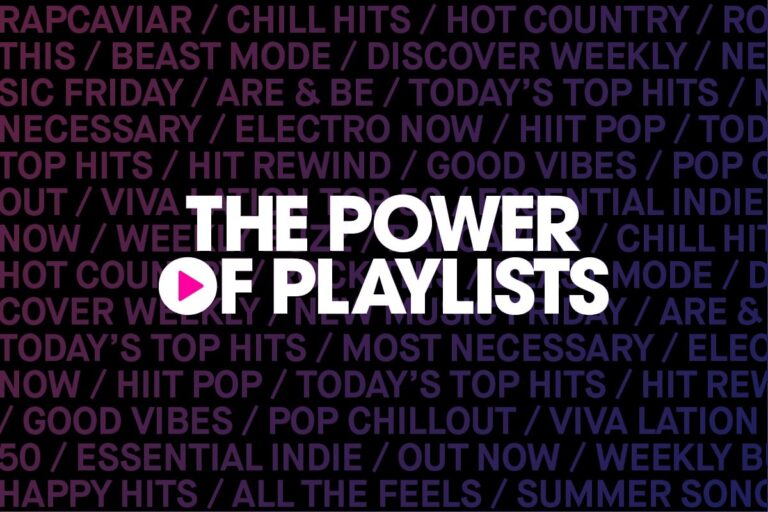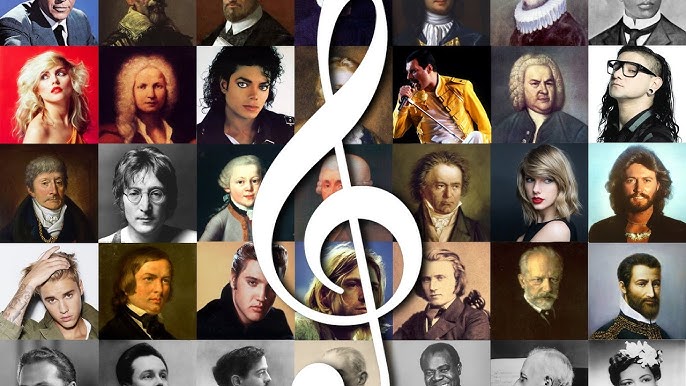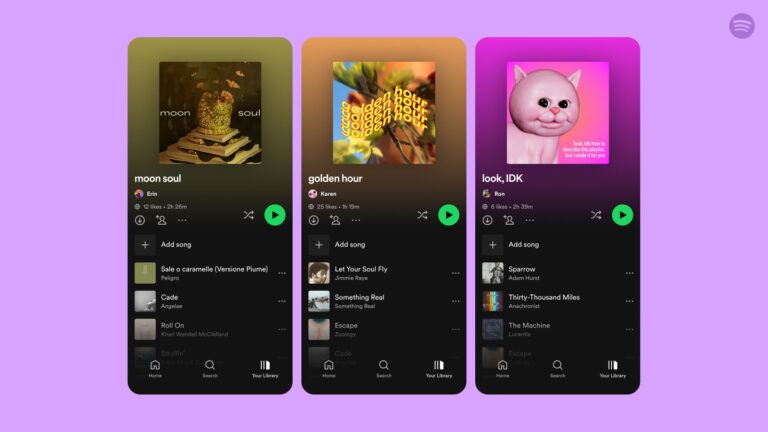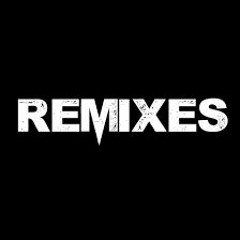
In the rapidly evolving world of hip-hop, two subgenres have emerged as dominant forces in the culture and on the charts: Trap and Drill. While both share some similarities, including their roots in urban life, their sounds, production styles, and cultural contexts differ greatly. These genres have shaped the modern landscape of rap music and are now influencing the global soundscape.
This article will take you on a journey through Trap and Drill, exploring their origins, defining characteristics, cultural significance, and how they have come to represent two sides of the same hip-hop coin.
1. Trap: The Evolution of Southern Hip-Hop
Trap music originated in the Southern United States, particularly in cities like Atlanta, in the early 2000s. The genre’s name comes from the slang term “trap,” referring to places where illicit drugs are sold. As the genre’s popularity grew, so did its association with street culture, crime, and hustle. However, Trap quickly evolved beyond its gritty street origins, becoming one of the most influential genres in modern hip-hop.
Key Influences and Origins:
- Southern Hip-Hop Roots: Trap music’s precursor was Southern rap, which was heavily influenced by artists like OutKast and UGK. These artists laid the foundation for the dark, bass-heavy beats and storytelling that would later define trap.
- The Rise of Lex Luger and Metro Boomin: Producers like Lex Luger, Mike WiLL Made-It, and Metro Boomin helped shape trap’s signature sound, characterized by heavy 808 bass, high-hats, and rapid hi-hat rolls, creating the foundation for the genre’s production style.
- The Atlanta Scene: Atlanta became the epicenter of trap music. Artists like Gucci Mane, Young Jeezy, and Future helped propel the genre to mainstream success, with their vivid storytelling about the streets, the hustle, and the struggle of life in the trap.
Signature Sound:
- 808 Bass: One of the most defining features of trap music is the heavy, booming 808 bass that dominates the mix, giving the genre its signature “hard” sound.
- Rapid Hi-hats and Snare Rolls: The use of fast hi-hats and snare rolls is a staple in trap production, adding a sense of urgency and intensity to the beat.
- Dark, Atmospheric Beats: Trap beats are often ominous, using minor keys and eerie synths to create a sense of tension, reflecting the dangerous and volatile world from which the genre originated.
- Auto-Tune Vocals: Many trap artists, especially Future and Young Thug, use Auto-Tune to manipulate their voices, adding a melodic yet distorted element to their delivery.
Cultural Impact:
Trap music has become the dominant force in hip-hop, influencing everything from mainstream rap to pop music. Its trap-inspired production can be heard in songs from pop icons like Drake, The Weeknd, and Cardi B. Trap has also had a significant impact on fashion, slang, and even the art of music distribution, with many trap artists using platforms like SoundCloud to break out.
2. Drill: The Gritty, Aggressive Side of Hip-Hop
Drill music originated in the streets of Chicago in the early 2010s, and it quickly made waves both in the US and internationally. Known for its raw, aggressive energy, Drill paints a dark and violent picture of life in inner-city neighborhoods, with themes of street violence, gang culture, and survival. While Drill’s sound was initially shaped by Chicago artists, it has since expanded globally, influencing scenes in the UK, Australia, and beyond.
Key Influences and Origins:
- Chicago’s Chief Keef and King Louie: Drill’s roots can be traced back to Chicago rappers like Chief Keef, Lil Durk, and King Louie, who began incorporating dark, minimalistic beats and aggressive lyrics into their music. Chief Keef’s breakout hit, “I Don’t Like,” became an anthem for the genre and helped it gain widespread attention.
- The UK Drill Movement: While Chicago was the birthplace of Drill, the genre has found a second home in the UK, where it has evolved into a distinct style known as UK Drill. Producers like 808Melo and artists like Headie One and Digga D have made UK Drill a major force in global hip-hop, using local sounds, slang, and drill-specific production techniques.
Signature Sound:
- Minimalist, Dark Beats: Drill beats are often darker and more stripped-back than trap, with heavy use of 808 bass and sparse, syncopated rhythms. The beats are often constructed around eerie, menacing melodies and staccato snares.
- Aggressive, High-Energy Delivery: Drill rappers tend to deliver their lyrics with an aggressive, in-your-face style, often using rapid-fire flows and gritty vocal tones to convey the harsh realities of their environments.
- Chopped and Screwed Vocals: Drill often uses a form of vocal manipulation, similar to the “screwed” style of Houston hip-hop, where vocals are distorted to create a more intense, unsettling sound.
- Fast-Paced, Syncopated Drums: While trap often focuses on rapid hi-hat rolls, drill uses a more syncopated approach to rhythm, with faster and more unpredictable drum patterns that give the genre an erratic, chaotic feel.
Cultural Impact:
Drill’s aggressive lyrics and beat structure have made it a powerful voice for the youth in urban communities, particularly in places like Chicago and London. The genre’s influence has sparked controversy, especially in the UK, where Drill’s violent content has led to debates about censorship and its impact on youth culture. Despite this, Drill continues to grow, with artists like Pop Smoke bringing the genre to international audiences and influencing the broader sound of contemporary rap.
3. Trap vs. Drill: Key Differences and Similarities
While Trap and Drill share a common root in street culture and are often associated with the youth in urban areas, there are distinct differences that set these two genres apart.
Differences:
- Production Style: Trap’s production is generally more melodic, using rich, atmospheric beats with catchy hooks, while Drill’s production is darker, more minimal, and tends to be more aggressive and percussive.
- Themes and Lyrics: Trap music often focuses on the hustle, the struggle for success, and the lifestyle associated with the “trap,” while Drill is more directly tied to gang culture and street violence, with lyrics that can be more confrontational and explicit.
- Vocal Style: Trap artists often use Auto-Tune to create melodic, harmonious vocal lines, while Drill artists typically adopt a raw, unpolished vocal delivery, with an emphasis on aggression and intensity.
Similarities:
- Street-Centric Themes: Both genres are deeply influenced by the realities of life in inner-city neighborhoods, often dealing with themes of survival, struggle, and street culture.
- Aggression and Energy: Both Trap and Drill music bring a certain level of raw energy and aggression, though Drill tends to be more intense and overt in its delivery.
- Global Influence: While Trap began in the South of the US and Drill originated in Chicago, both genres have transcended their local roots and influenced global hip-hop movements. The rise of Drill in the UK and the influence of Trap on pop music are prime examples of this global reach.
4. The Future of Trap and Drill: What’s Next?
Both genres have shown incredible staying power, with Trap continuing to dominate mainstream rap and Drill making waves internationally. As these genres evolve, we can expect to see more experimentation and fusion, with artists blending elements of Trap, Drill, and other genres like grime, EDM, and Latin trap.
Trap’s Globalization: Trap is likely to continue influencing pop and mainstream music, with more crossovers between hip-hop and genres like reggaeton, pop, and electronic music. Artists like Lil Nas X and Roddy Ricch are already blending Trap with country and R&B, showing how versatile the genre has become.
Drill’s Expansion: Drill’s international success, particularly in the UK, suggests that the genre will continue to evolve and spread. UK Drill’s fusion with genres like grime and rap could lead to a new wave of hybrid sounds, and its influence on global hip-hop culture will likely continue to grow, especially with artists like Central Cee and K-Trap leading the charge.
5. Conclusion: The Dominance of Trap and Drill in Modern Hip-Hop
Trap and Drill are two of the most powerful forces in modern hip-hop, each representing different aspects of street life, hustle, and aggression. Trap, with its smooth, melodic production, tells the story of the grind, while Drill, with its raw, minimalist beats and aggressive delivery, paints a more violent picture of life on the streets.
Together, these genres have reshaped the sound of hip-hop and will undoubtedly continue to influence the genre for years to come. Whether through the commercial appeal of Trap or the underground rise of Drill, both styles are here to stay, pushing the boundaries of what hip-hop can be.






